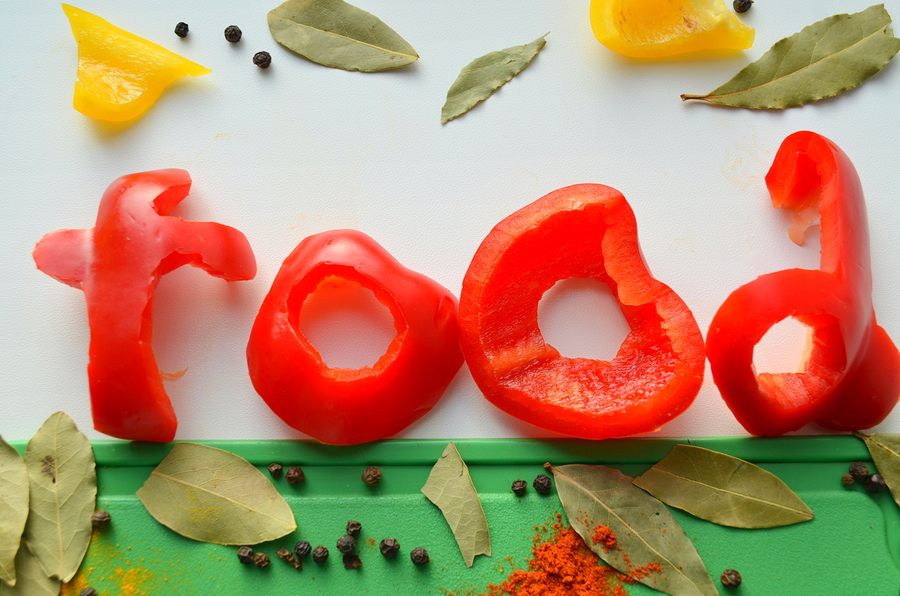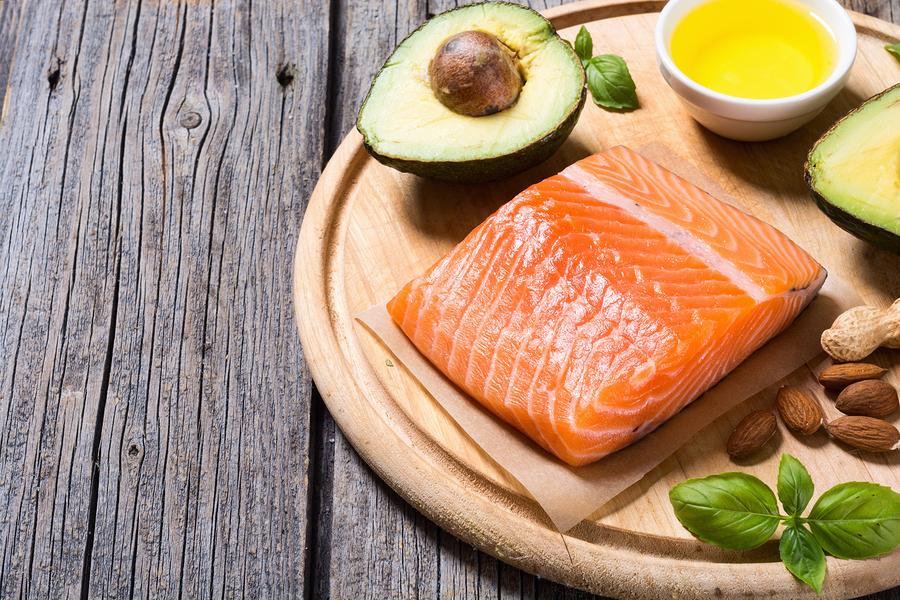- Make It Yourself Lavender Heart-Shaped Bath Bombs!
- 20 Things You Never Knew About “Down There”
- 12 Best Foods For Those Suffering From Arthritis Pain
- 12 Personal Hygiene Mistakes Almost Everyone Makes (Mom Never Told You About #4!)
- 15 Medicinal Plants And Herbs From The Cherokee People
- 12 Mind-Blowing Benefits Of Drinking Coconut Water During Pregnancy
- 12 Outstanding Winter Foods That Won’t Fatten You Up Like A Christmas Turkey
A Dozen Ways To Strengthen Your Bones Naturally
Our bones make up just about every part of our body. When people hear about osteoporosis or weak bones, they think of older women. When we are young our bodies are always working on rebuilding our bones in small patches. But by the time we reach 30 years of age, our bones have reached their peak and begin to decline. We end up losing more existing bone than rebuilding new bone.
The good news is there are things you can do to build up and strengthen the density of your bones. When people don’t take care of their bones via diet or exercise, they have a good chance of developing weak bones and osteoporosis is the final result. Women usually develop it past the age of 65 and men can get it when they reach 70. Here are some things you can do starting today to rebuild your bones and make them strong again.
1. Start taking vitamin K
Best known for helping your blood to properly clot, vitamin K also helps your body develop enough protein to keep bones healthy. It also helps to cut down on the amount of calcium that is expelled from the body. Foods that contain vitamin K include spinach, broccoli, kale, and spinach.
2. Make sure to add potassium to your regime
Potassium is another supplement that helps to cut down on the elimination of calcium from the body. It does this by neutralizing the acids that try to remove it. In a trial of women who followed a diet that was high in potassium, there was an 8% less loss of bone density than in those who had a lower intake of potassium.
Continue to Page 2
3. Increase your intake of calcium and vitamin D
Calcium is a mineral that is needed for the most effective expansion of bones and teeth. Calcium works hand-in-hand with vitamin D. The two of them work together so the body can best make use of the calcium to boost the bones. For foods rich in calcium, try including more cheese, yogurt, milk, collard greens and spinach to your diet. For vitamin D you need to be out in the day light and eat more sardines, tuna, shrimp, eggs, and orange juice.
4. Develop a strength training exercise program
Any type of exercise that falls into the resistance field will help you to increase your muscles and helps to strengthen your bones. Choose from using free weights, exercise bands, and resistance machines that you can find at a gym, and wrist weights. Develop an exercise plan that includes walking and resistance training and make it a daily goal.
5. Drink less alcohol and caffeine
We won’t talk you into giving up coffee or alcohol. You just have to cut down on your consumption of them. If you take in too much caffeine you will put your chances of absorbing calcium in danger. A study showed that taking in over 18 ounces of caffeine each day increased the participant’s bone loss because it reacted negatively to vitamin D. It is the same with alcohol once it goes beyond a drink or two per day.
6. Stop smoking
Smoking is not good for your general health but it can also cause your body to retain its intake of calcium which as a result reduces your bone mass.
Continue to Page 3
7. Eat a diet with plenty of protein and vegetables
Vitamin C helps to increase the cells that form your bones. Vegetables have plenty of this valuable vitamin. They also help to raise the level of density of the minerals in the bones. You should try to include yellow and green vegetables in your daily diet. One study showed that a group of women who were over the age of 50 who ate onions had a 20% reduction in developing osteoporosis. Make sure you include plenty of protein as well, because bones are made up of around 50% protein. A study that spanned one year showed that women who at 86 grams of protein every day had less bone loss than those women who only ate 60 grams of protein daily.
8. Try collagen
Collagen consists of a number of amino acids that help to increase the bone and ligaments in your body. A clinical trial showed that women who were postmenopausal, and took a collagen supplement along with a hormone supplement had less of a breakdown in their body’s collagen.
9. Eat foods that are high in zinc and magnesium
Besides the vitamins that are already listed above, your body also needs magnesium to help convert the vitamin D that you take so that it helps calcium to be absorbed by your bones. There are not many foods that have a good amount of magnesium, so you may want to take a supplement. As for zinc, it helps to create the building of bone cells and keeps the bones from breaking down. You can find zinc in shrimp, beef, spinach, oysters, pumpkin seeds, and flaxseeds.
Continue to Page 4
10. Consume foods high in Omega-3 fats
Already valuable for having anti-inflammatory properties, foods rich in omega-3 fats have been found to reduce bone loss as you age. A clinical trial that included more than 1,500 participants from 45-90 years of age, who consumed omega-3 to omega-6 fatty acids had a much lower incidence of bone density loss than those who consumed less of both types of fat.
11. Consider taking up yoga
Researchers found that people who stretched regularly were able to keep from ending up hunched over. When you stretch out, it strengthens and lengthens muscles that may be tight and helps you avoid back pain. Having good posture will help you move better.
READ ALSO: This One Dried Fruit Can Help Build Stronger Bones
12. Get plenty of sleep each night
Researchers from Wisconsin’s Medical College found that the rats that were in their study ended up with less formation of bones when they did not have the right amount of sleep. A doctor involved in the study concluded that if humans did not have enough sleep on a regular basis, it resulted in a decrease in the density of the bones.
References:




































